Baghouse
A baghouse is the most common type of dust collector, since very often it is the most cost-effective and efficient method, with a typical rate of fine particle capture of more than 99%. Industry-specific state OSHA regulations require companies that run processes emitting heavy smoke, dust or other particles to maintain air quality standards by filtering facility air. As a result, baghouses are vital equipment for coal handling, cement fabrication, metal fabrication, pharmaceutical, chemical processing, woodworking, recycling, waste incineration and agricultural industries, among many others. Read More…
Scientific Dust Collectors (SDC) began in 1981 when our first patent for improving filter cleaning was issued. Since then, SDC has been issued a number of additional related patents for improvements in dust collector cleaning technologies including our patented nozzle-based cleaning system which is superior to other collectors. Combined with our High Side Inlets, Wide Filter Spacing, and Inlet...
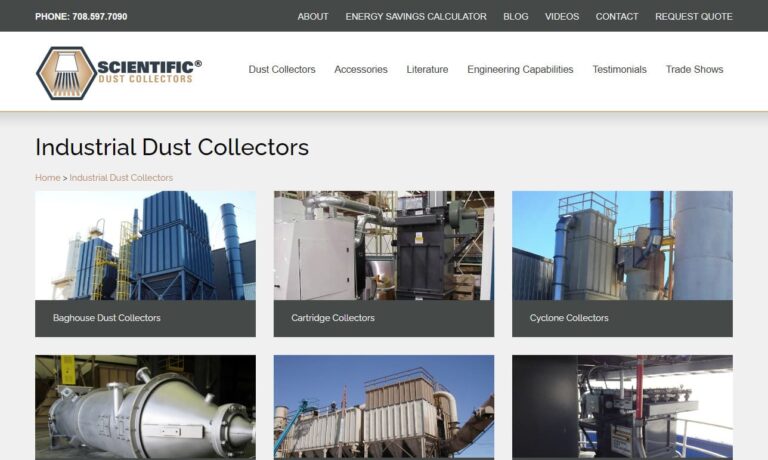
Griffin Filters is a trusted and dedicated leading manufacturer in the dust collector industry. We offer a wide selection of dust collectors with customization options available in order to serve various industries. Our experts are committed to manufacturing high-quality dust collectors that fit our customers' needs at competitive prices. Since its start in 1950, Griffin Filters has been setting...
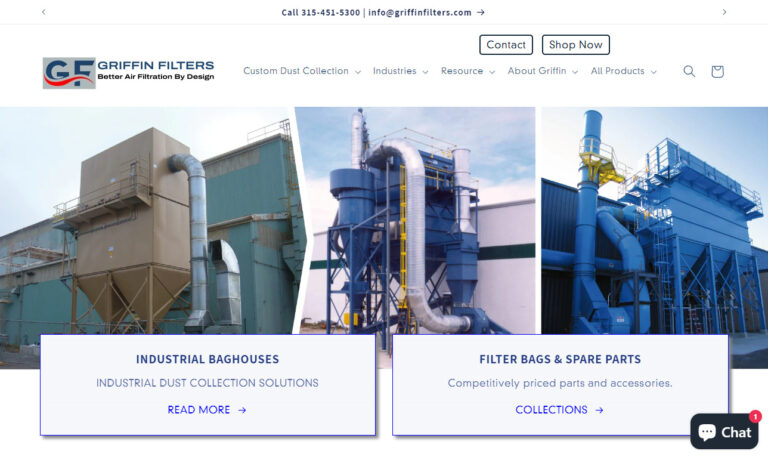
Our world-class facilities set us apart from the competition. We work hard to make our customers happy with our air filters. We can provide what you need to keep your air clean in whatever industry you are in. Our goal is to exceed your expectations so you can focus on what you do best! Whether you need support in design, products, delivery, or support, we can supply it all!
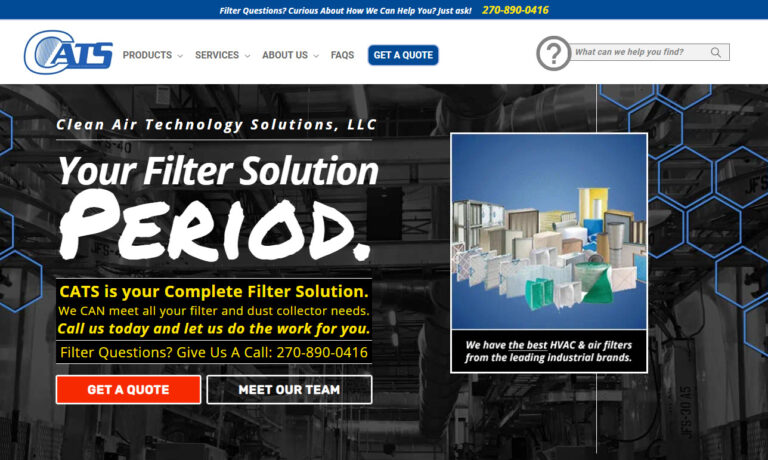
Ever since our inception in 1989, Robovent has been a leader in the manufacturing and design of ventilation and filtration systems. We have experience coming up with solutions to protect our customers from a wide range of dust, including aluminum dust, cast iron grinding dust, fertilizer dust, and more. Industries we serve include automotive, military, construction, medical, and aerospace. For a...
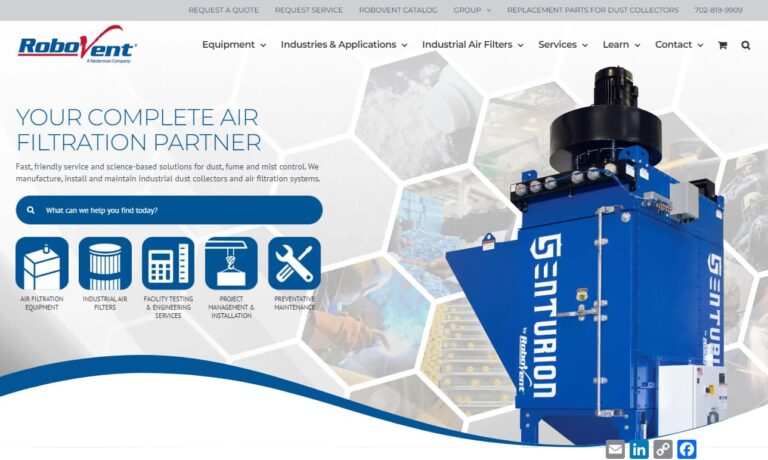
Our world-class facilities set us apart from the competition. We work hard to make our customers happy with our dust collector systems. We can provide what you need to keep your air clean in whatever industry you are in. Our goal is to exceed your expectations so you can focus on what you do best! Whether you need support in design, products, delivery, or support, we can supply it all!
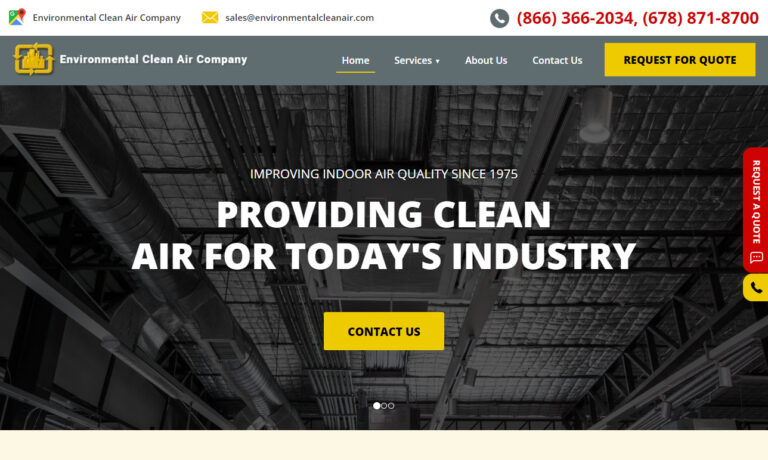
Here at Camfil APC, we understand that during the manufacturing process dust and other pollutants are introduced to the air. In order to combat this we have a wide variety of dust collecting systems that include, but are not limited to, our Gold Series® Industrial Dust Collector, Quad Pulse Package, and our Zephyr III®. We service the food & beverage, chemical processing, pharmaceutical,...
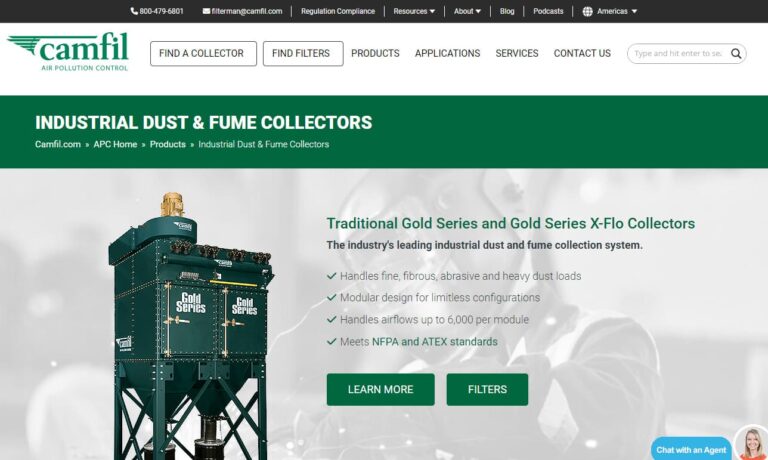
Our dust collecting systems are designed to eliminate respirable airborne contaminants from the work environment. Eliminating airborne contamination in the workspace can lead to better employee performance and a lower rate of absenteeism.

More Baghouse Manufacturers
Typical baghouse dust collector applications include dust capturing, separating and filtering explosive media, metalworking chips, toxic media, wood dust, concrete dust, welding fumes and incinerator smoke. Facilities usually incorporate baghouses into large dust collecting systems, with overhead ductwork and capture arms (suction hoods), which hang over the workspaces where dust is formed. In large facility applications, the baghouse is often located outside, connected to the interior through ductwork.
Bag houses operate by drawing contaminated air in through ducts to a hopper-shaped structure containing fabric filters. The air is pulled through the fabric bags by a vacuum-creating fan, leaving behind dust, smoke and particles; clean air exits through the fan at the outlet at the top of the baghouse, while dust particles settle into an airlock at the bottom of the hopper, which is routinely emptied.
During the filtering process, the fabric filters accumulate a layer of dust called a dust cake, filter cake or filtering cake. The main function of the filter fabric is to provide the medium on which the dust cake will form; once enough dust has accumulated, it creates a barrier that is capable of capturing very fine particles.
The filter cake must be managed, however, because it can become too thick and prevent acceptable air flow. There are three main ways of managing the filter cakes. Mechanical shaker bag houses clean their filter bags through vibrations caused by a motor-driven shaft and cam. These vibrations cause waves in the bag that shakes the dust cake off the inside surface of the bag and into the hopper.
Reverse-air baghouses are compartmentalized and allow for continuous operation during their cleaning cycle. In order to begin cleaning, filtration is halted in the compartment about to be cleaned. Clean air is then injected into the dust collector in a reverse direction, which pressurizes the compartment and causes the filter bags to partially collapse.
This results in the filter cake cracking and falling into the hopper below. Reverse-jet baghouses also allow for continuous operation during their cleaning cycle, but are typically not compartmentalized. Instead, the filter bags are cleaned by short bursts of compressed air injected through a compressed air manifold. Common materials used to make baghouses include cotton, glass-fiber and synthetic materials.

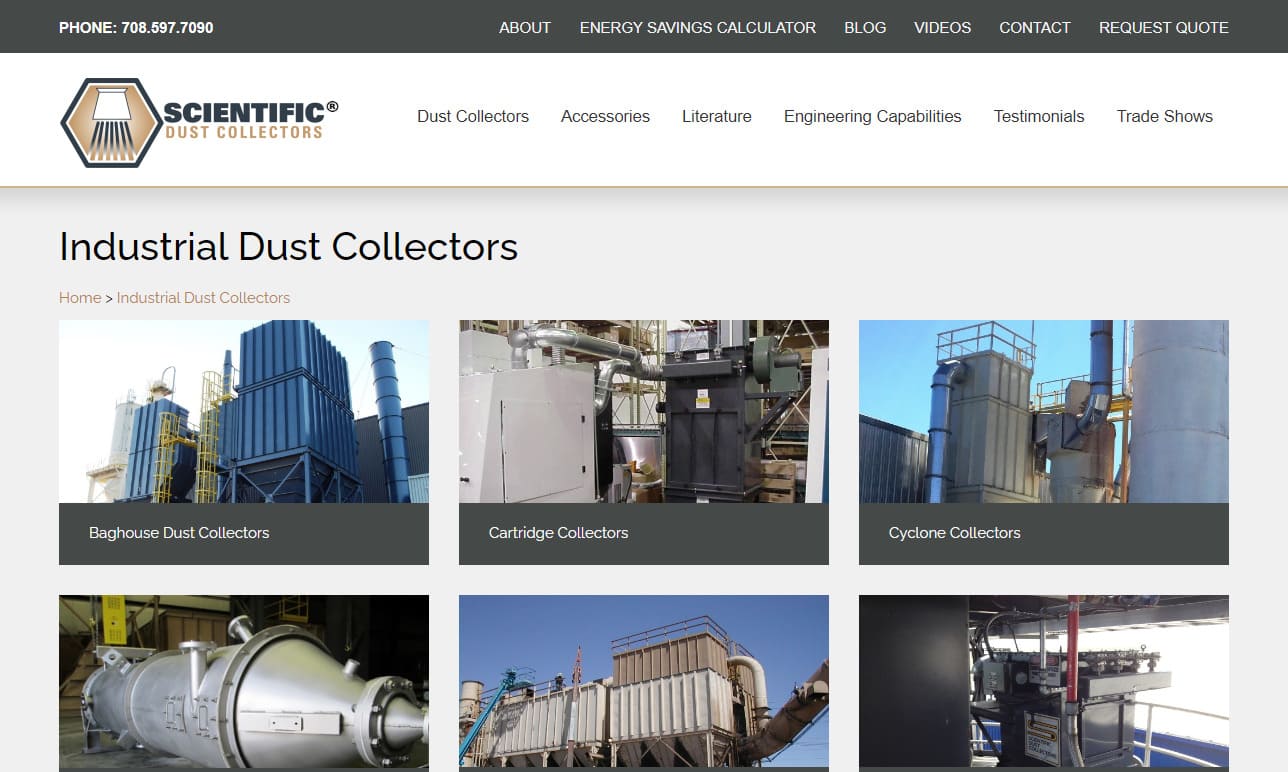
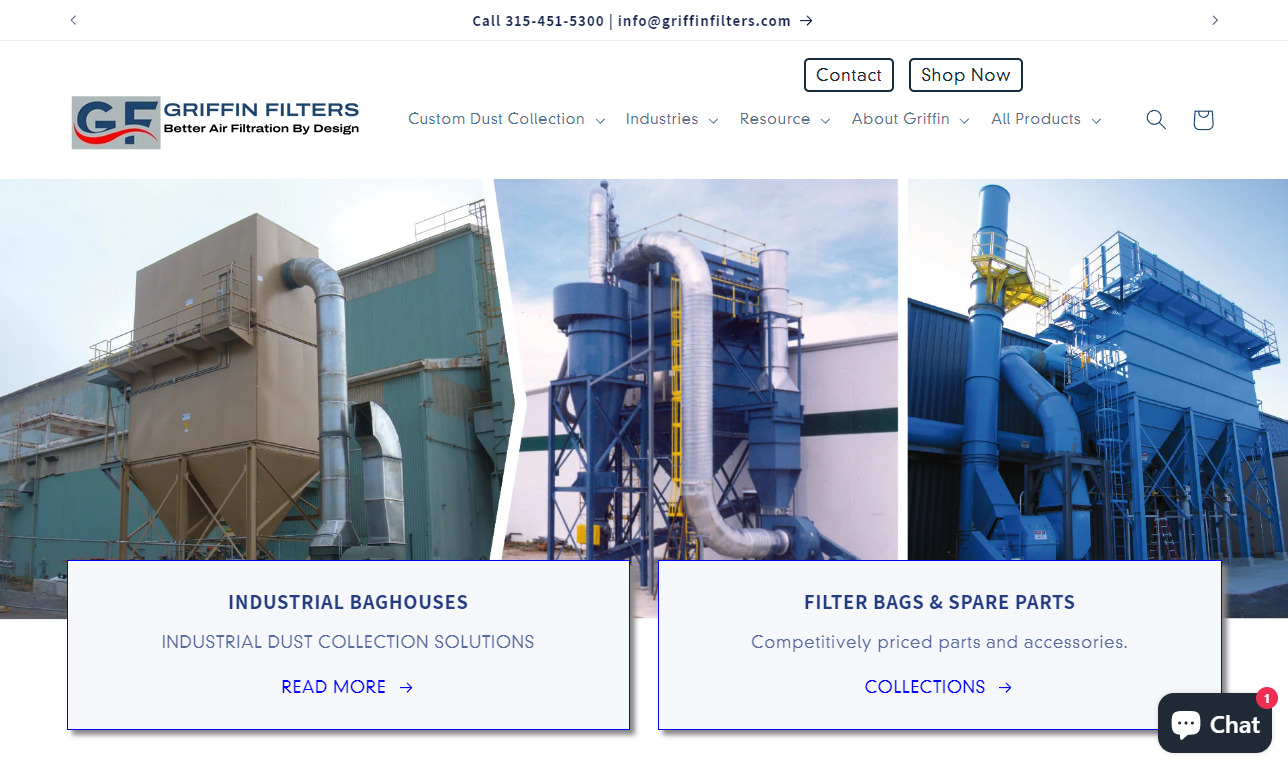
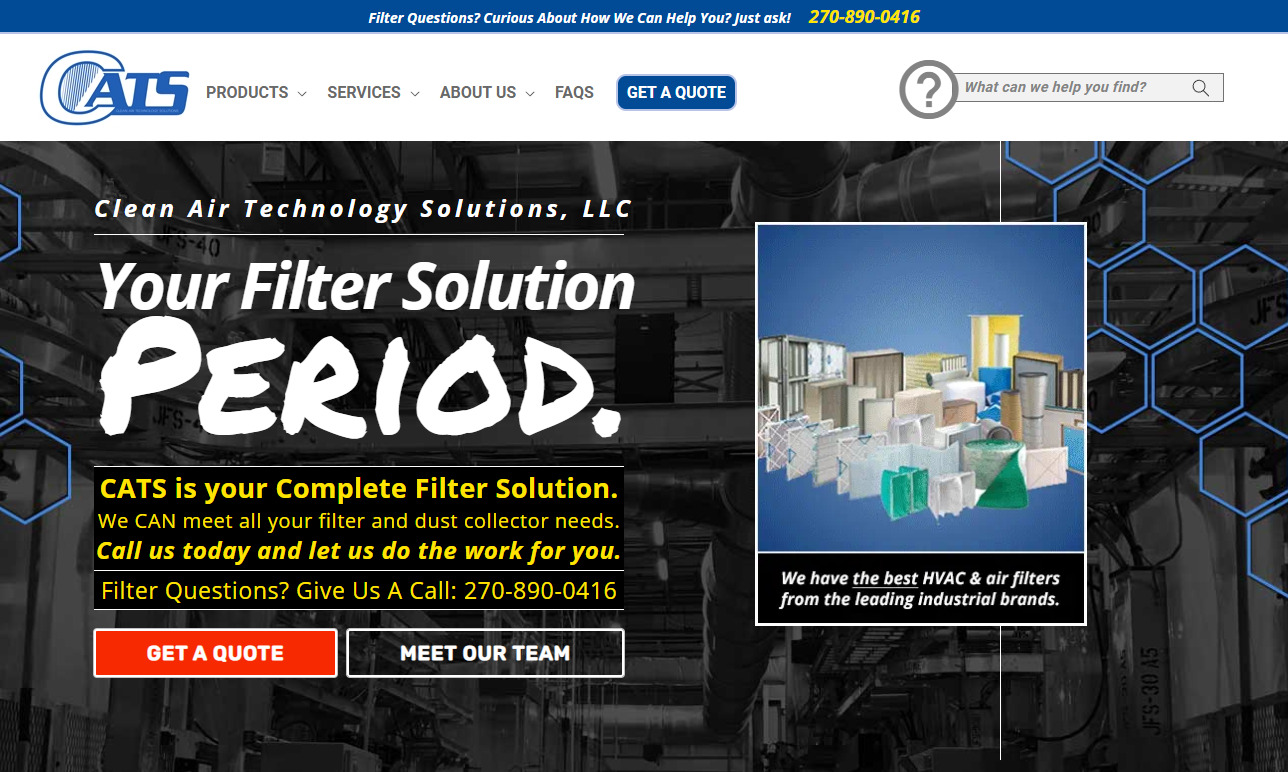
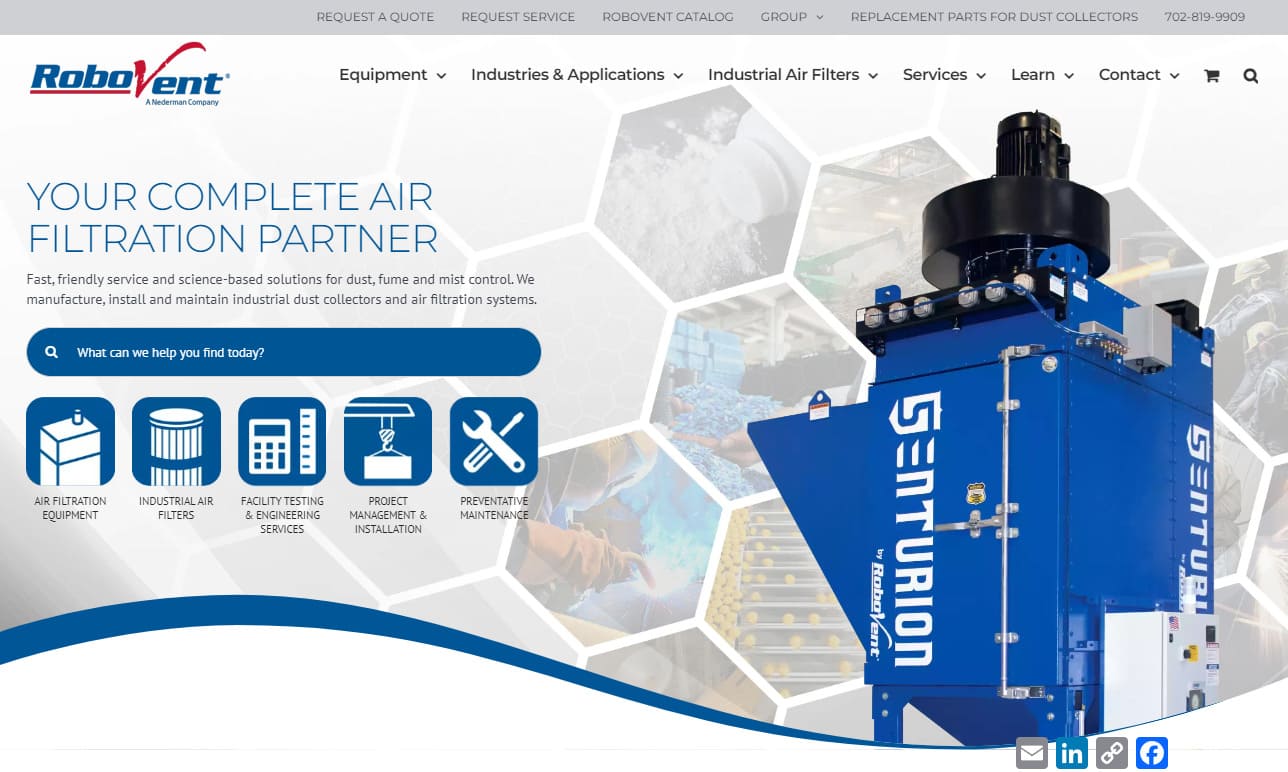
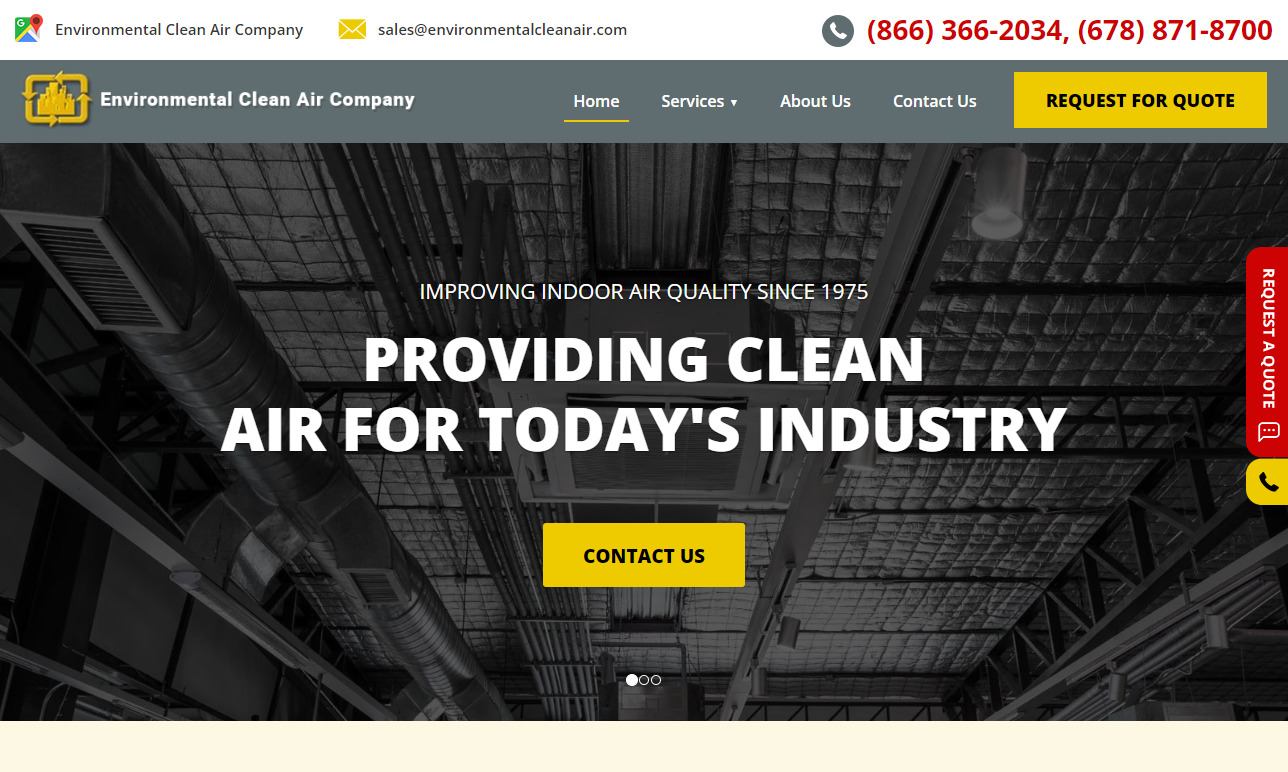
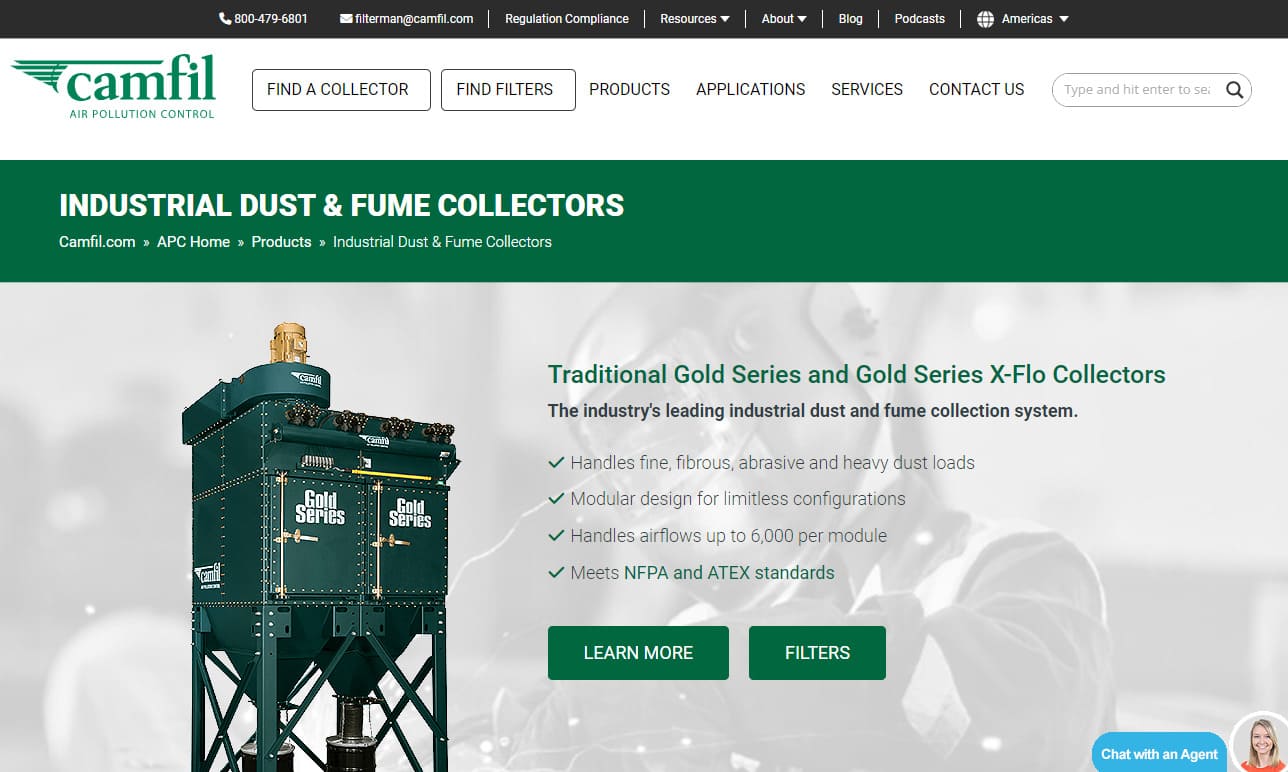
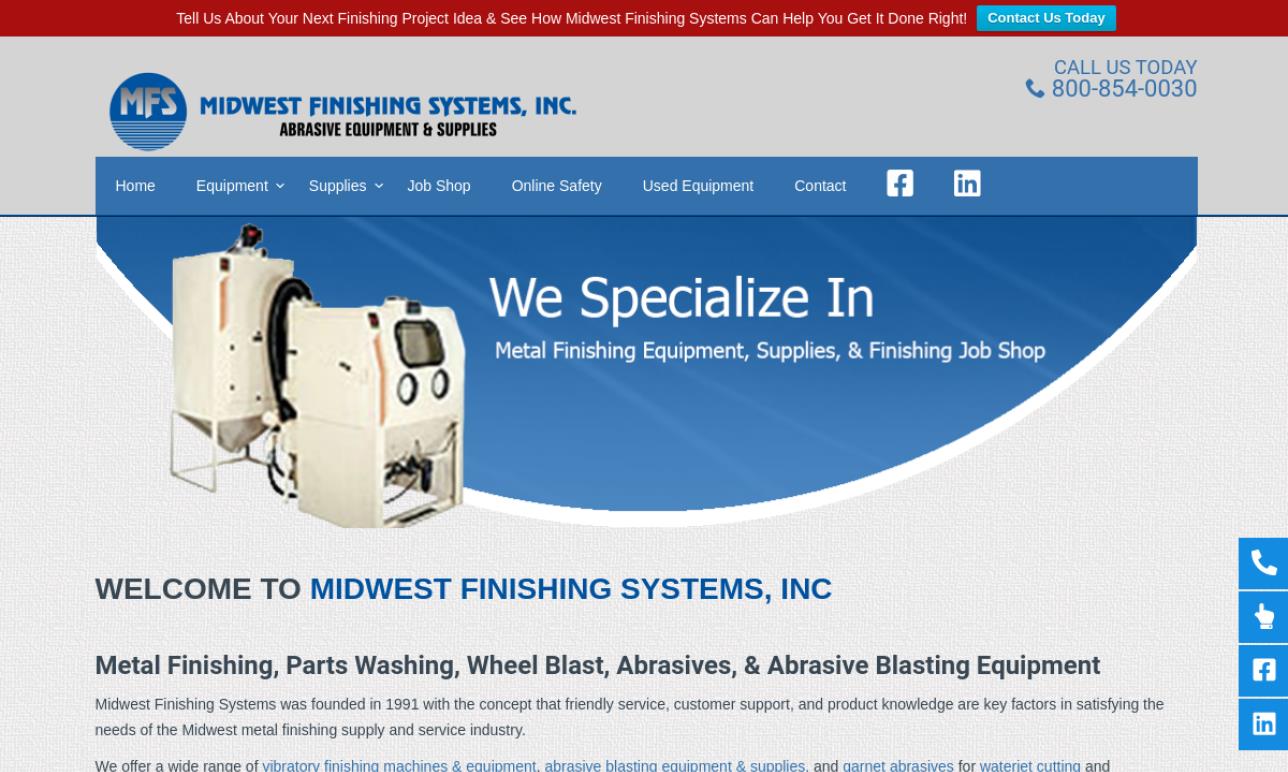
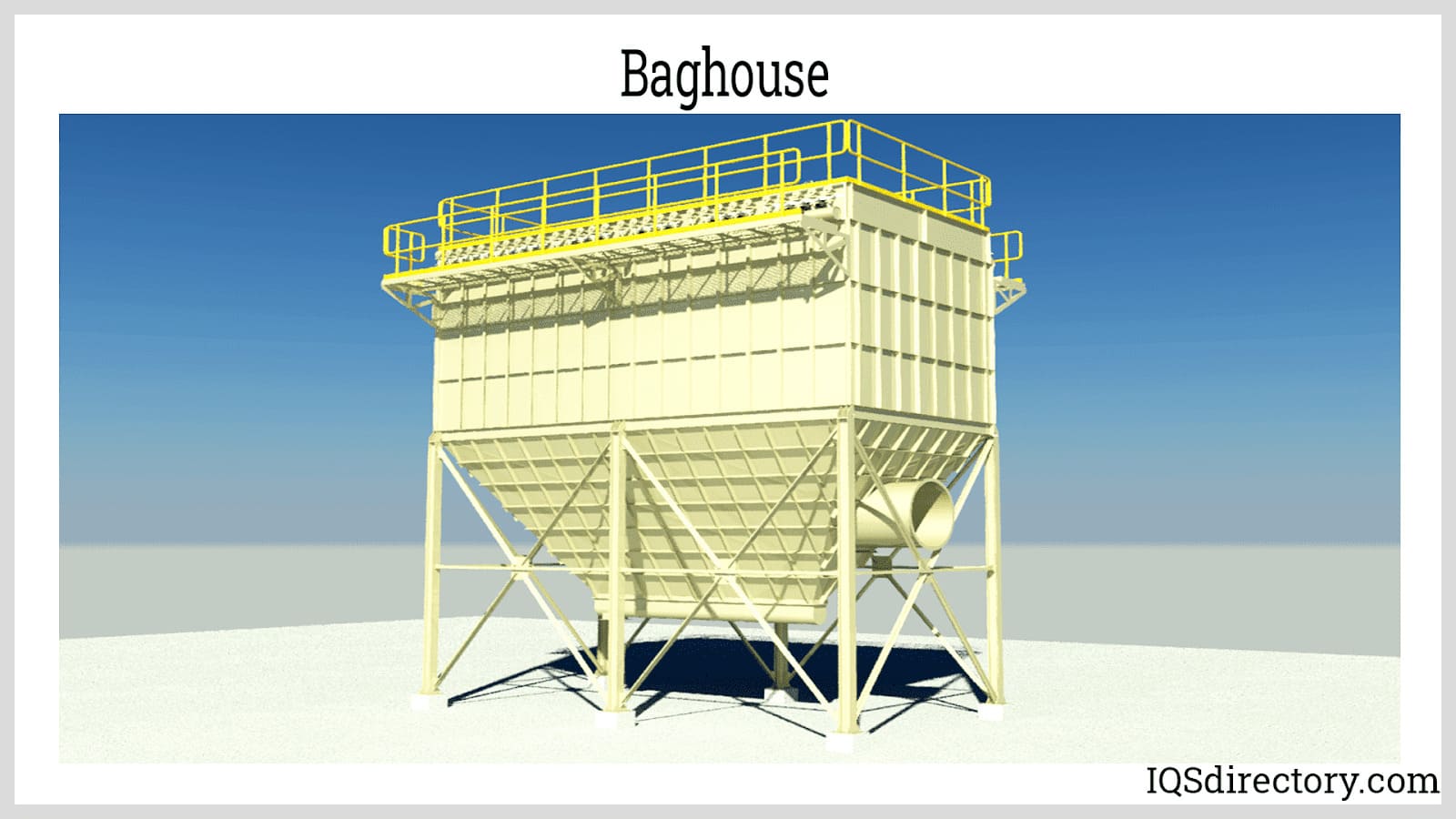
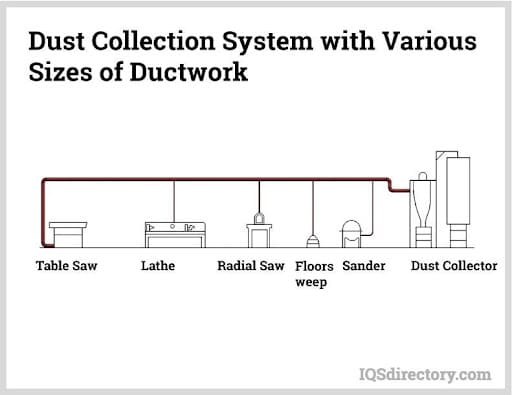
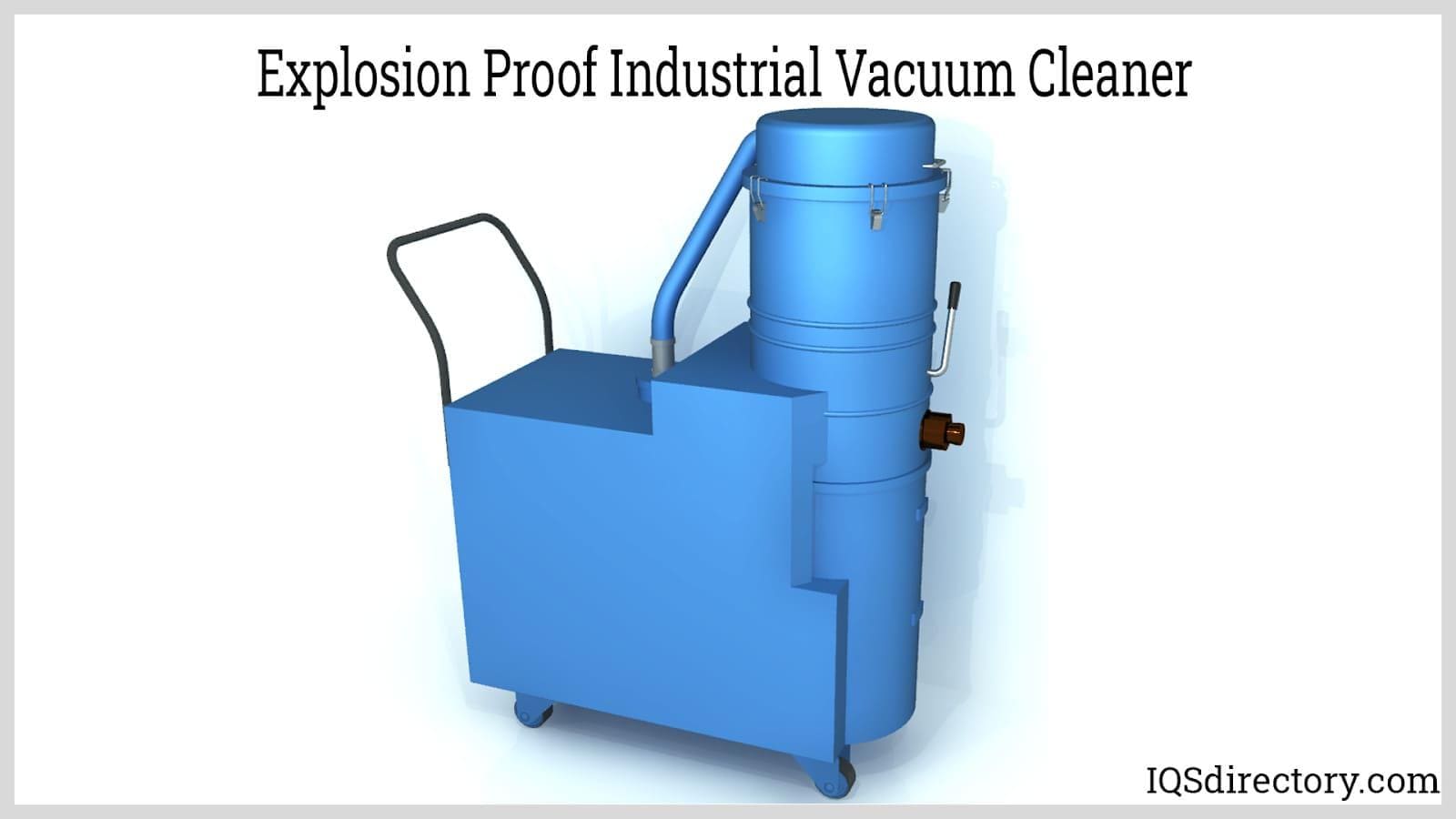
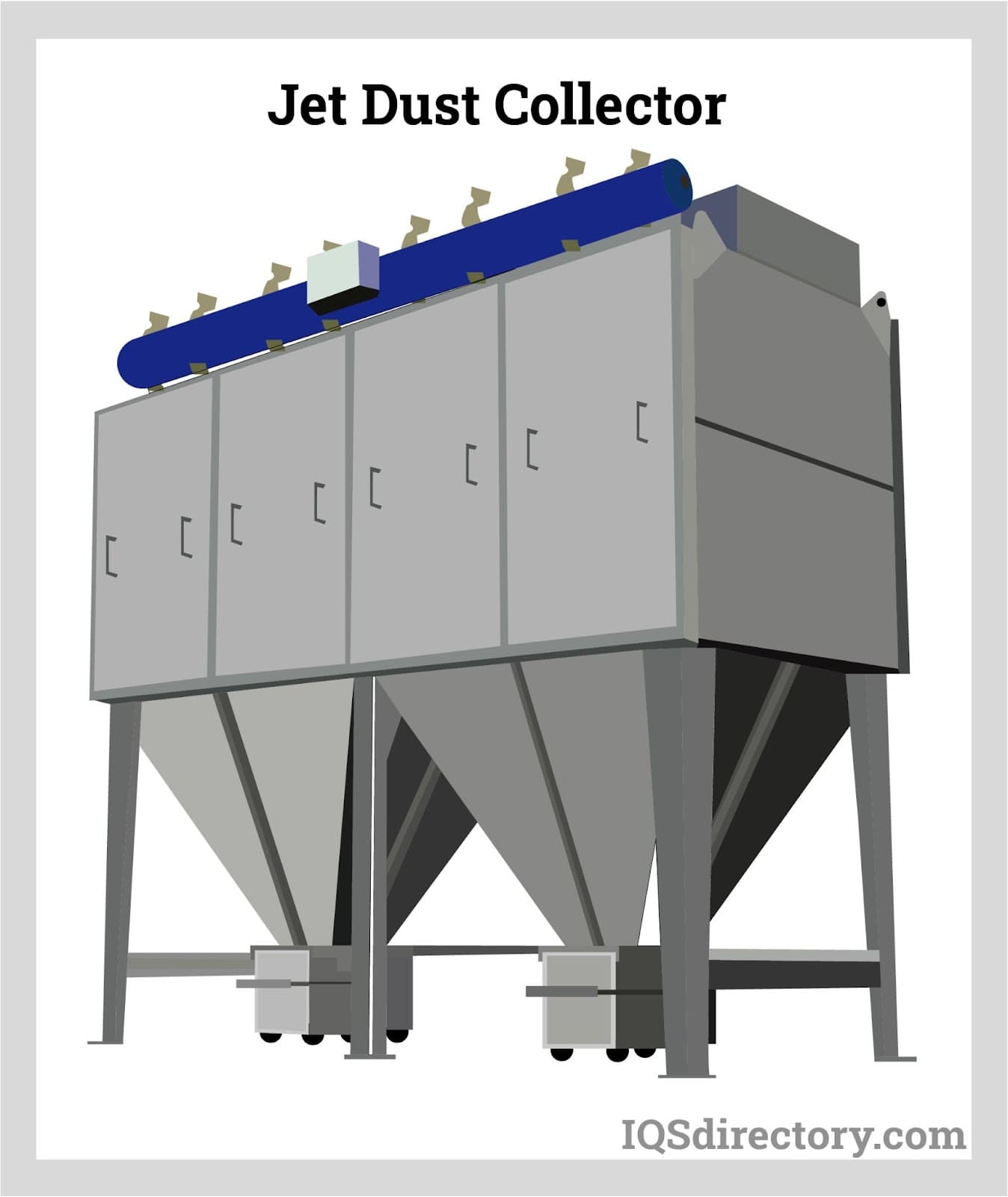
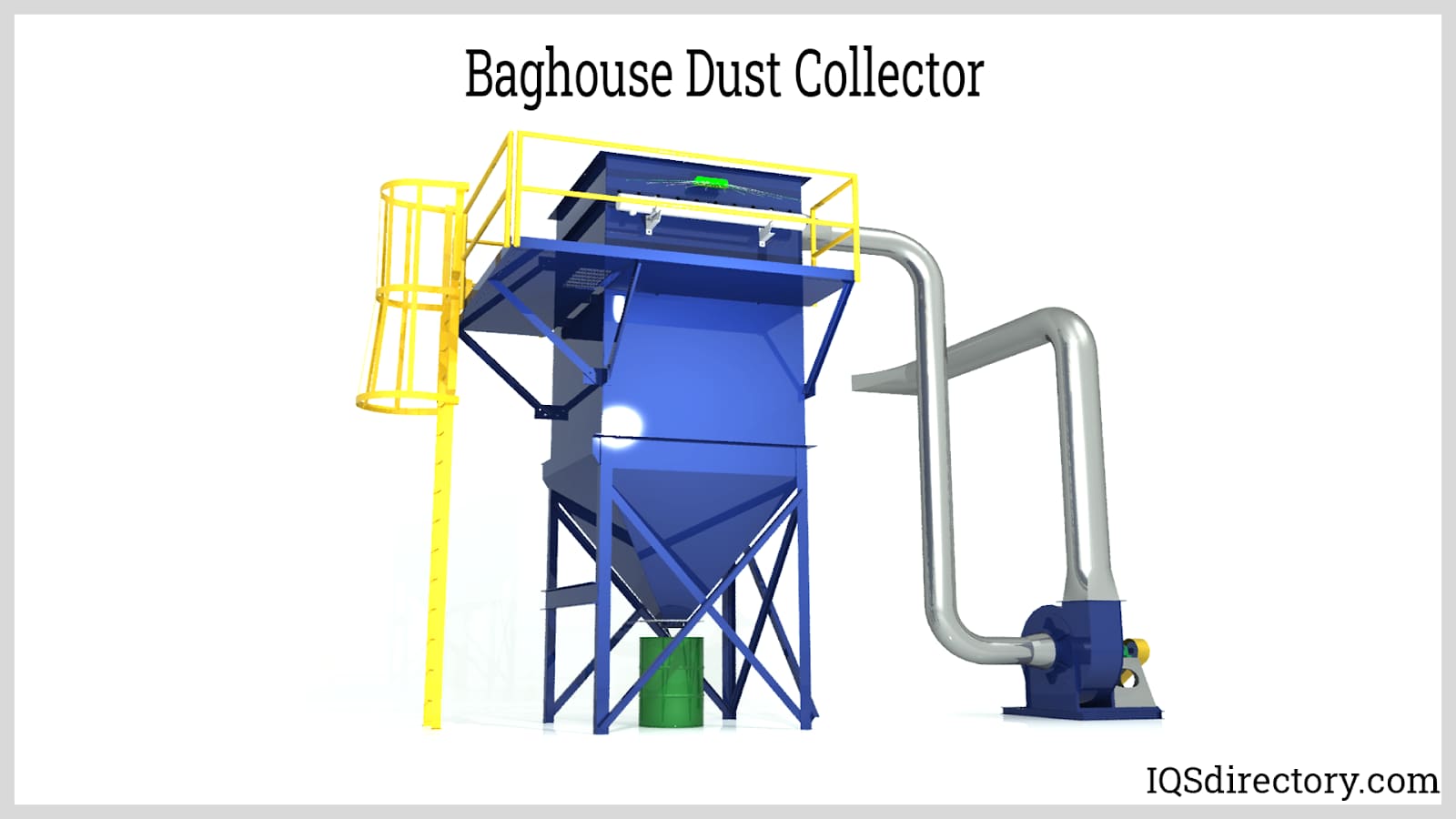
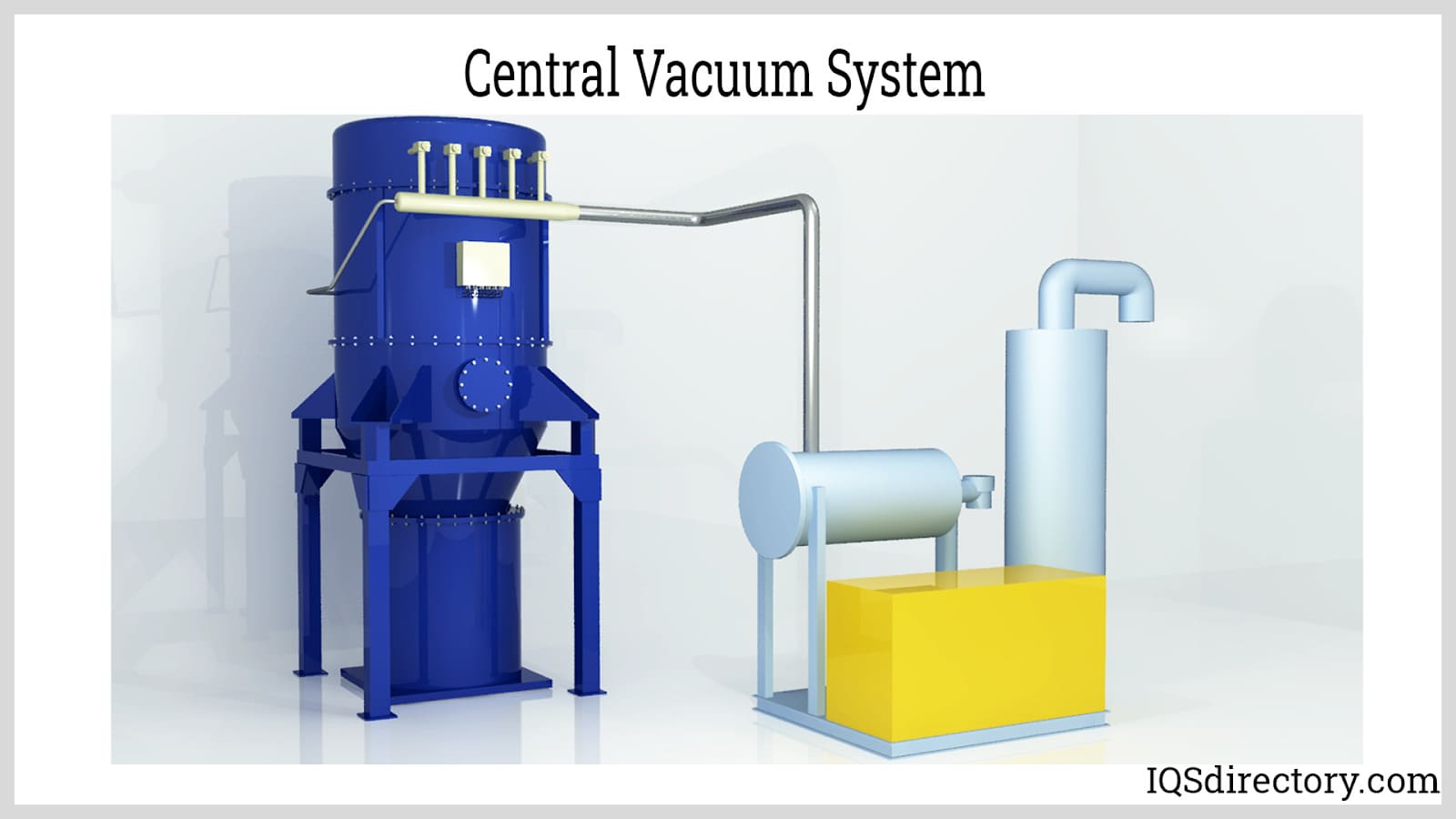
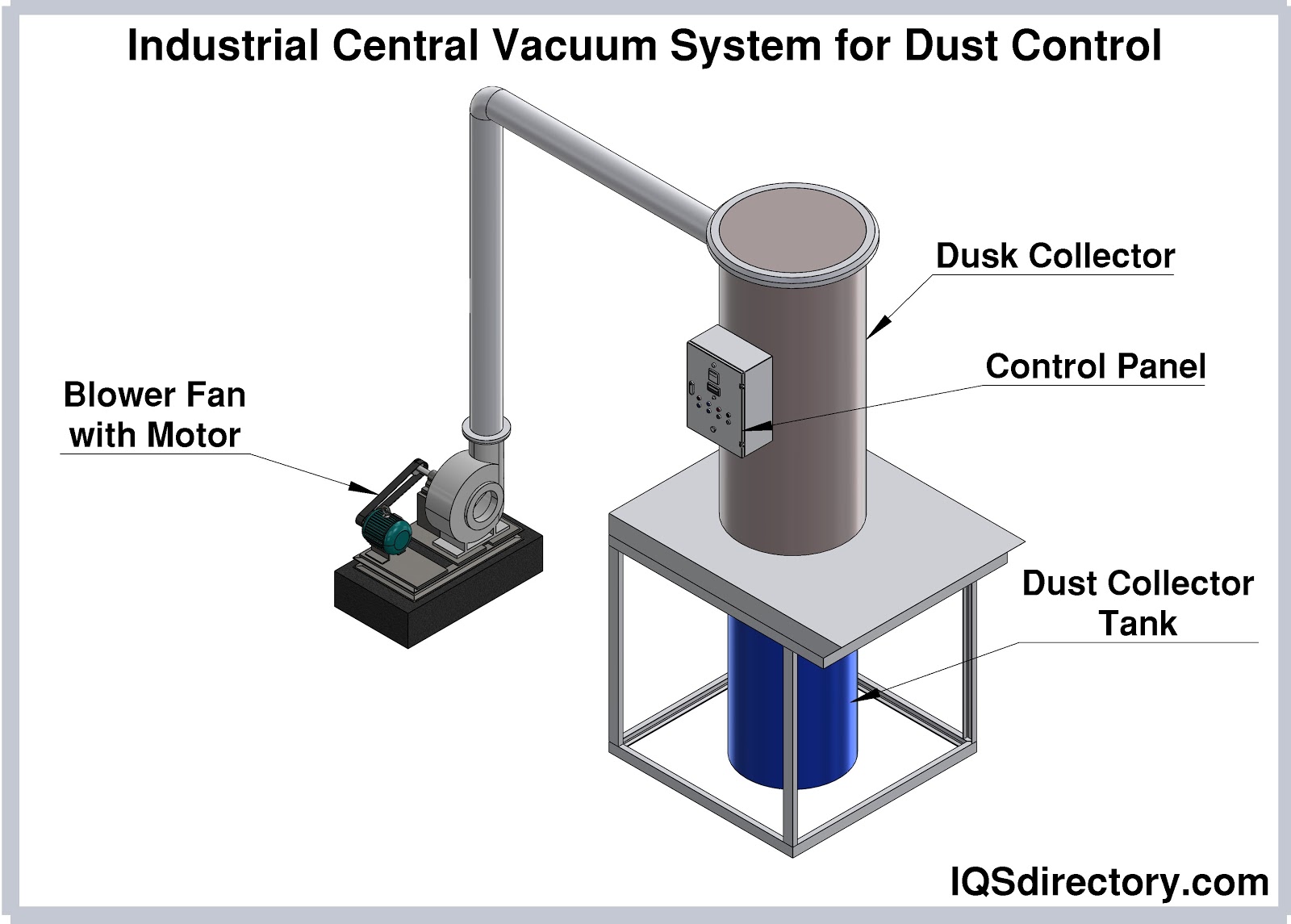
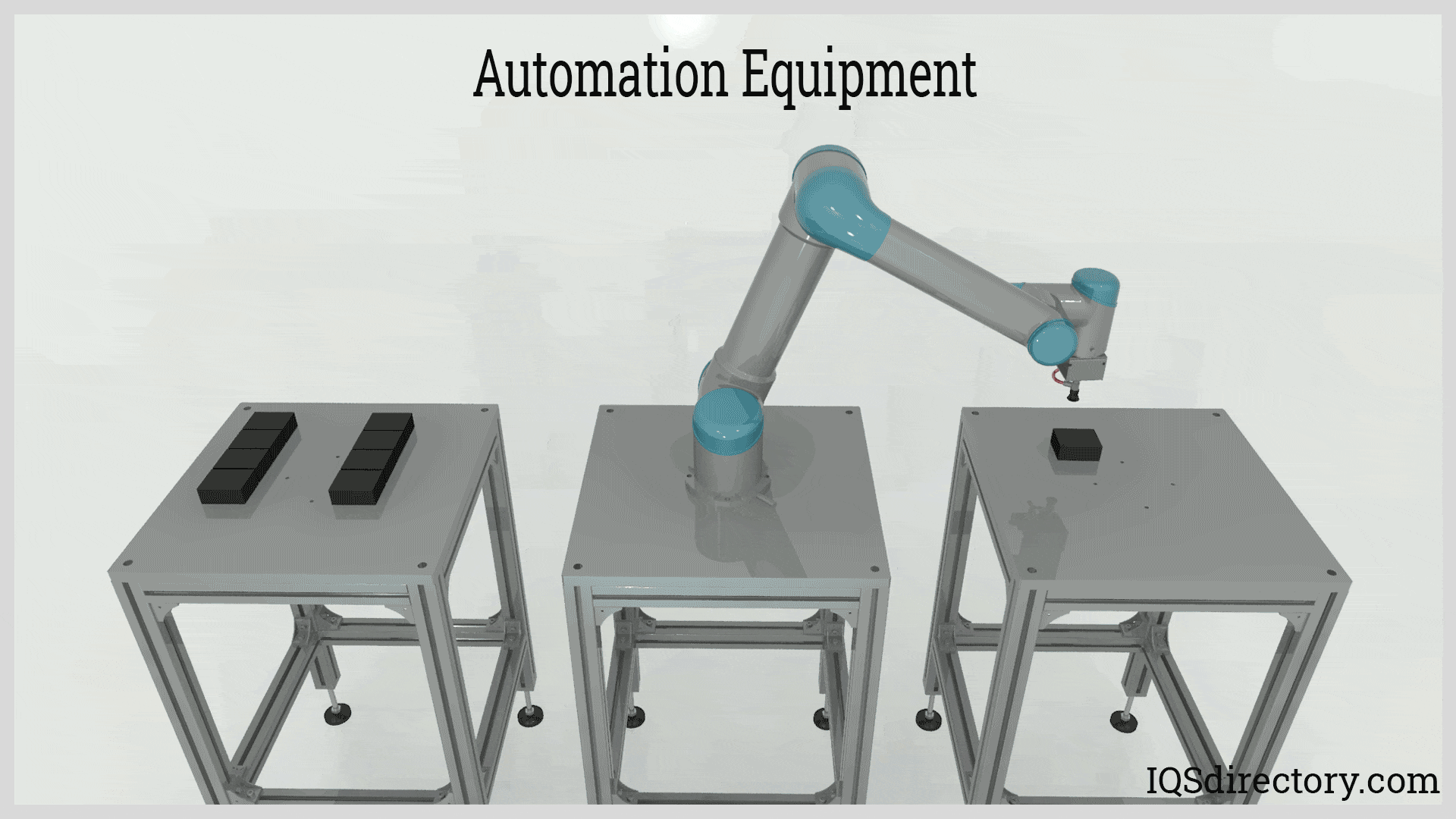
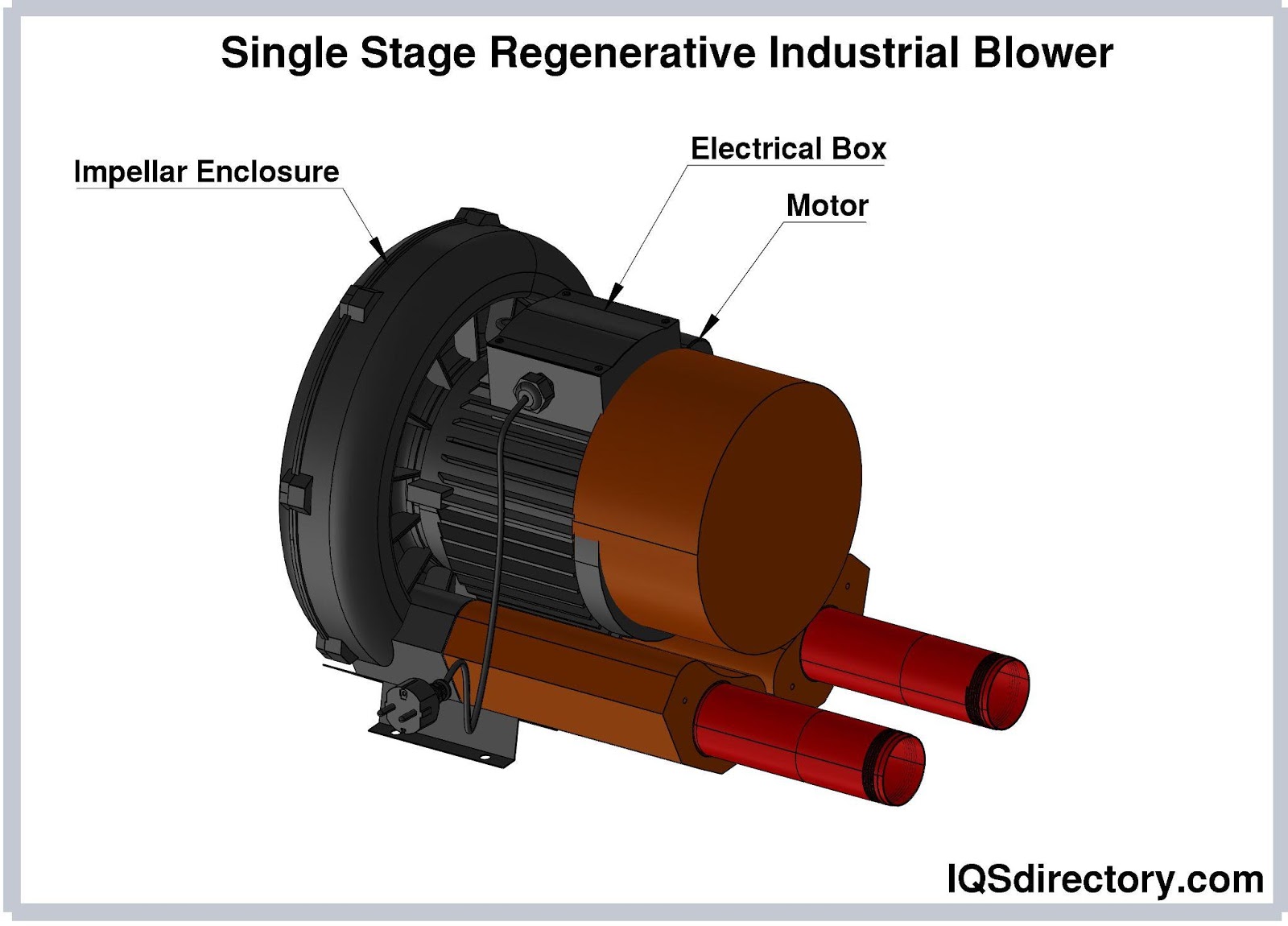
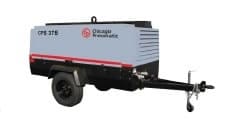 Air Compressors
Air Compressors 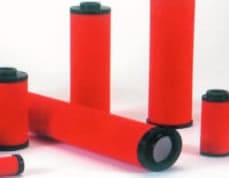 Air Filters
Air Filters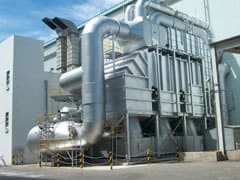 Air Pollution Control
Air Pollution Control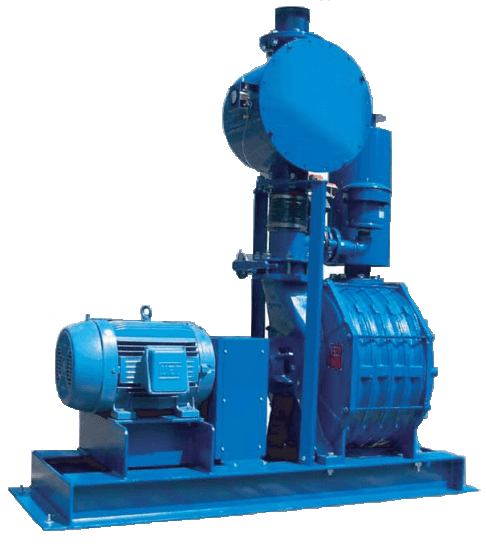 Blowers
Blowers Dust Collectors
Dust Collectors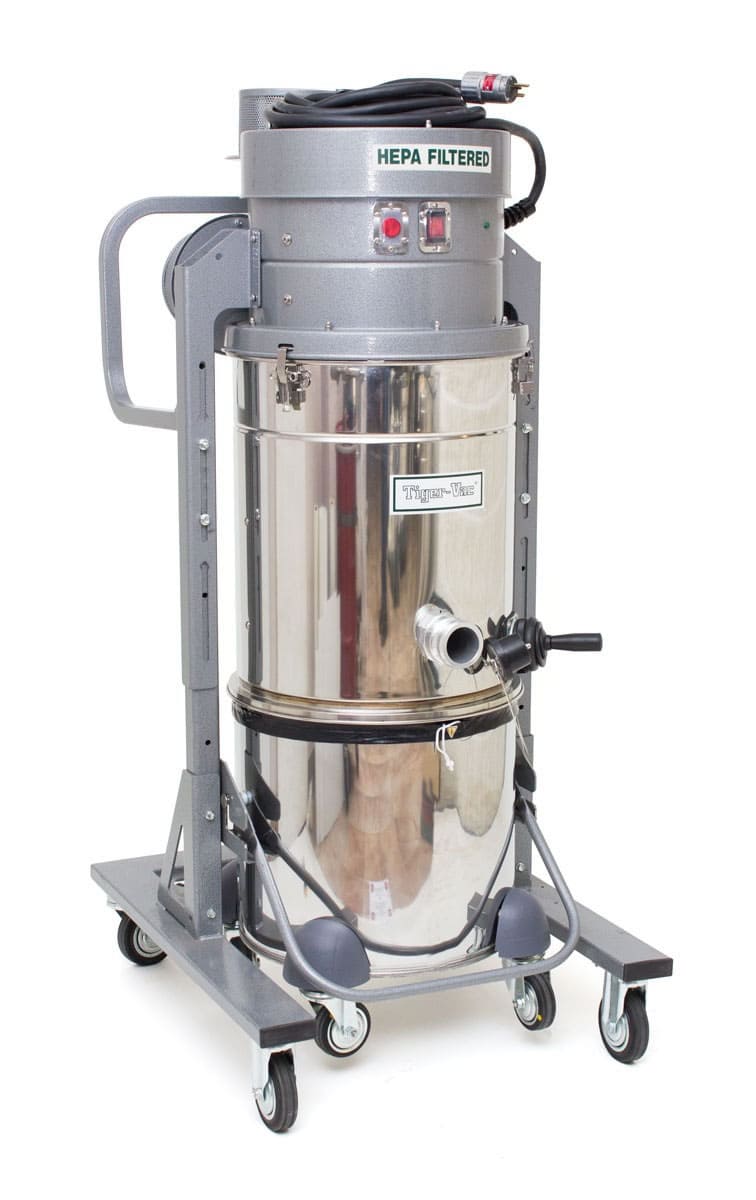 Industrial Vacuum Cleaning Equipment
Industrial Vacuum Cleaning Equipment Castings & Forgings
Castings & Forgings Bulk Material Handling
Bulk Material Handling Electrical & Electronic Components
Electrical & Electronic Components Flow Instrumentation
Flow Instrumentation Hardware
Hardware Material Handling Equipment
Material Handling Equipment Metal Cutting Services
Metal Cutting Services Metal Forming Services
Metal Forming Services Metal Suppliers
Metal Suppliers Motion Control Products
Motion Control Products Plant & Facility Equipment
Plant & Facility Equipment Plant & Facility Supplies
Plant & Facility Supplies Plastic Molding Processes
Plastic Molding Processes Pumps & Valves
Pumps & Valves Recycling Equipment
Recycling Equipment Rubber Products & Services
Rubber Products & Services